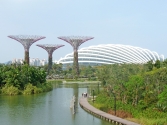Powering ahead: Taiwan's renewable energy plan in focus
By Bree MiechelThis commentary submission was co-written with Natalie Lau (Reed Smith), Lucia Yiou and Mindy Huang (LCS & Partners).
Taiwan is seeking a dramatic energy transformation targeting 20% of its energy mix to come from renewable energy sources by 2025 (approximately 27GW of capacity). This is the crux of a draft bill under review by Taiwanese legislative authorities and is already backed by attractive feed in tariffs (FITs) and a supportive regulatory framework. These conditions are attracting interest from foreign investors to the exclusion of more challenging Asian power markets.
Taiwan’s offshore wind market grabbed headlines this year, first with the government’s award of a reported aggregate capacity of 3,836MW for the development of ten separate wind farms off Taiwan’s coast in April and again just recently with the award of a further 1,664 MW capacity via competitive auction. The scale of the sector and competitive tariffs achieved via auction suggest Taiwan now joins the ranks of established offshore wind markets elsewhere in the world, and all in the context of an already booming solar PV industry. It appears Taiwan’s Ministry of Economic Affairs (MOEA) 2025 renewable targets (that envisage 20GW capacity coming from solar PV and 5.5GW from offshore wind) could well be achieved.
Foreign Investment Framework
Whilst the overall ban on Chinese investment in the energy sector still applies, promoting inbound foreign direct investment (FDI) has been an important policy objective of Taiwanese authorities in order to encourage investment in the renewable energy sector.
Taiwan has pursued various measures to attract FDI from both foreign companies and Taiwanese firms operating overseas. Whilst the Taiwanese government limits foreign ownership in certain industries for security and other reasons, foreign investment in the renewable energy generation is not restricted. Taiwan also ranks favourably on Transparency International’s (TI) Corruption Perceptions Index, and the World Bank’s “Ease of Doing Business” Report compared with other markets in the region.
The Investment Commission (IC) screens applications for FDI, mergers, and acquisitions in a relatively routine manner. For a straightforward FDI in a non-restricted industry, approval can be granted as soon as two weeks following submission of an application (although foreign investors typically allow 1-2 months to provide time for document preparation and responding to supplementary requests from the IC).
Whether an investor is domestic or foreign, they must separately apply for the right to develop and operate a renewable energy facility through the electricity industry regulatory authority – the Bureau of Energy (BOE) currently performs this function as the MOEA’s in-charge agent. As part of the application, investors will need to provide a prospectus (including financial plan), evidence of the necessary land rights, environmental impact assessment and permits/certificates obtained from relevant authorities. A site visit will typically be required and comments will be sought from relevant regulatory bodies and committees on the application.
Renewable Energy Regulatory Framework
The Renewable Energy Development Act (REDA) was promulgated in 2009 with major reforms to the Electricity Act (the Act) implemented in 2017. These two pieces of legislation have allowed for the liberalisation of the green energy market in Taiwan and broken Taipower Corporation’s electricity supply monopoly. Significantly, REDA safeguards the connection of a renewable energy installation to the grid and the purchase of electricity generated by that installation. REDA further mandates how the tariff payable will be determined – via either a FIT or based on avoided cost. The pricing level and use of FITs will decline over time as FITs are structured to induce early investors.
In addition to the FITs that apply across renewables technologies as shown in Chart 3, an additional 6% subsidy will apply for high-efficiency solar components and a 3% subsidy will apply for consumers who install solar PV systems on their own rooftops. This is in line with the newly released Green Energy Roofs project to encourage the public to be generators of electricity. Each of the ten offshore wind farms awarded grid connection capacity in April will benefit from the 5.8498 (NT/kWh) FIT. However, the FIT will not apply to the 1,664 MW of offshore wind projects just awarded, with the tariff having been determined via competitive auction. The tariffs to apply to the winning projects range from 2.2245 (NT/kWh) to 2.5481(NT/kWh) and demonstrate the savings that sufficient programmatic scale can deliver.
Challenges
Notwithstanding the clear regulatory framework for FDI and the development and operation of renewables projects in Taiwan, as with all jurisdictions – emerging or developed - there will be challenges. A number of the offshore wind projects in Taiwan have faced opposition from environmental lobbyists. Environmental impact assessments must be carried out, and the impact on migrating birds and ocean mammals, local fishery, navigation and harbour development researched for offshore wind projects. An Environmental Protection Administration (EPA) ad hoc committee reportedly rejected French energy developer Eolfi’s floating wind farm project offshore from Taoyuan notwithstanding three developer proposed changes to the project scope and a 75 percent reduction in the development area. This is reminiscent of the lawsuits brought by the Royal Society for the Protection of Birds, Europe’s largest wildlife protection organisation, against four offshore wind farms in Scotland in 2015.
Land scarcity for solar development is another issue in Taiwan. Taiwan’s total area is around 35,000 km2 with two thirds of land consumed by steep mountains that limit significant development. Obtaining approval for ground mounted projects can be difficult due to the red tape and the inadequate coordination among the various government agencies involved, including the BOE, EPA and Council of Agriculture. For renewable energy production on land already being used for agricultural purposes, no more than 40% of the agricultural plot can be covered by solar panels and the land must continue to be used for agricultural purposes in accordance with the original agricultural business plan submitted to the authority. Despite the challenges however, the solar sector is booming - roof top and ground mounted and the government is releasing approximately 2400 hectares of subsided plots unsuitable for agriculture for the development of energy generation facilities.



















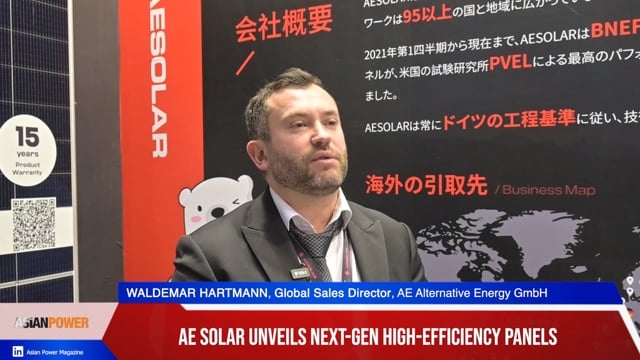
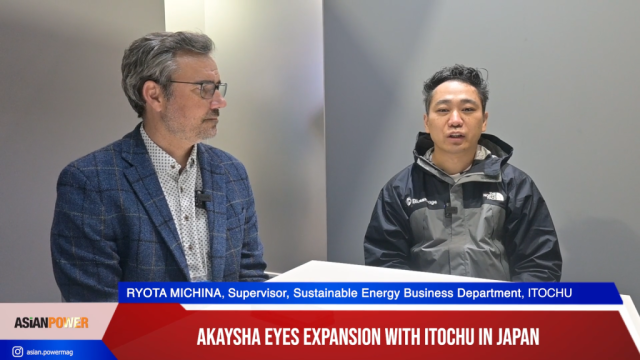
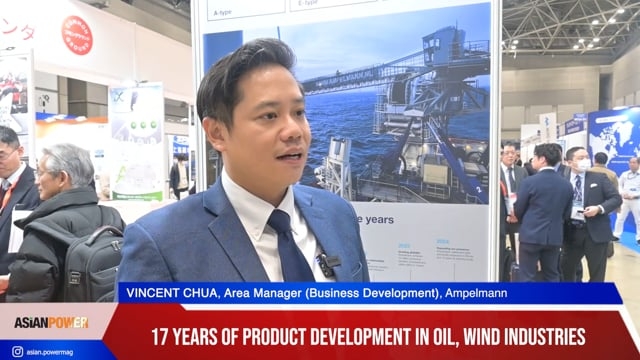
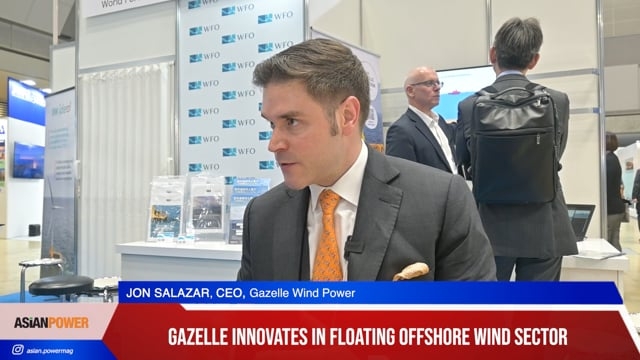

 Advertise
Advertise

